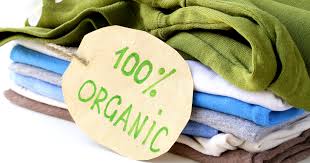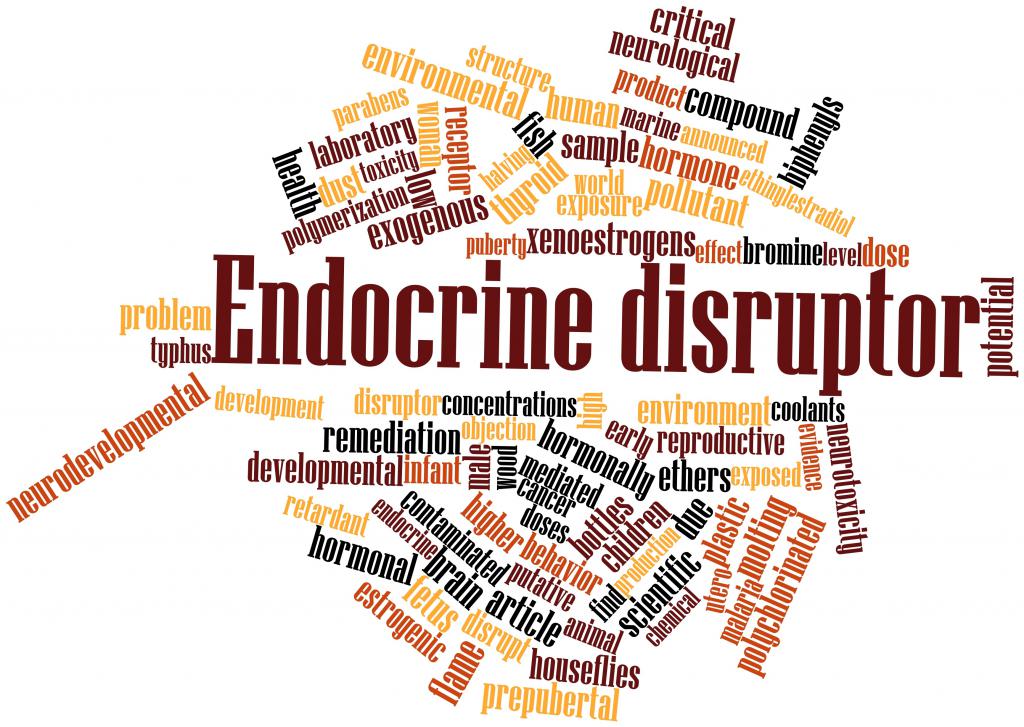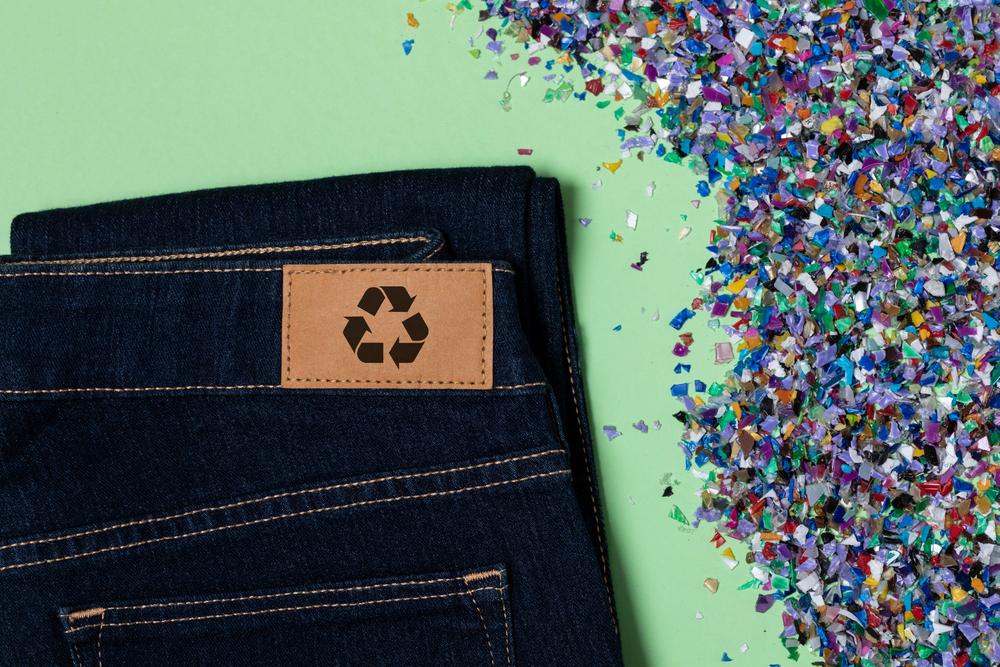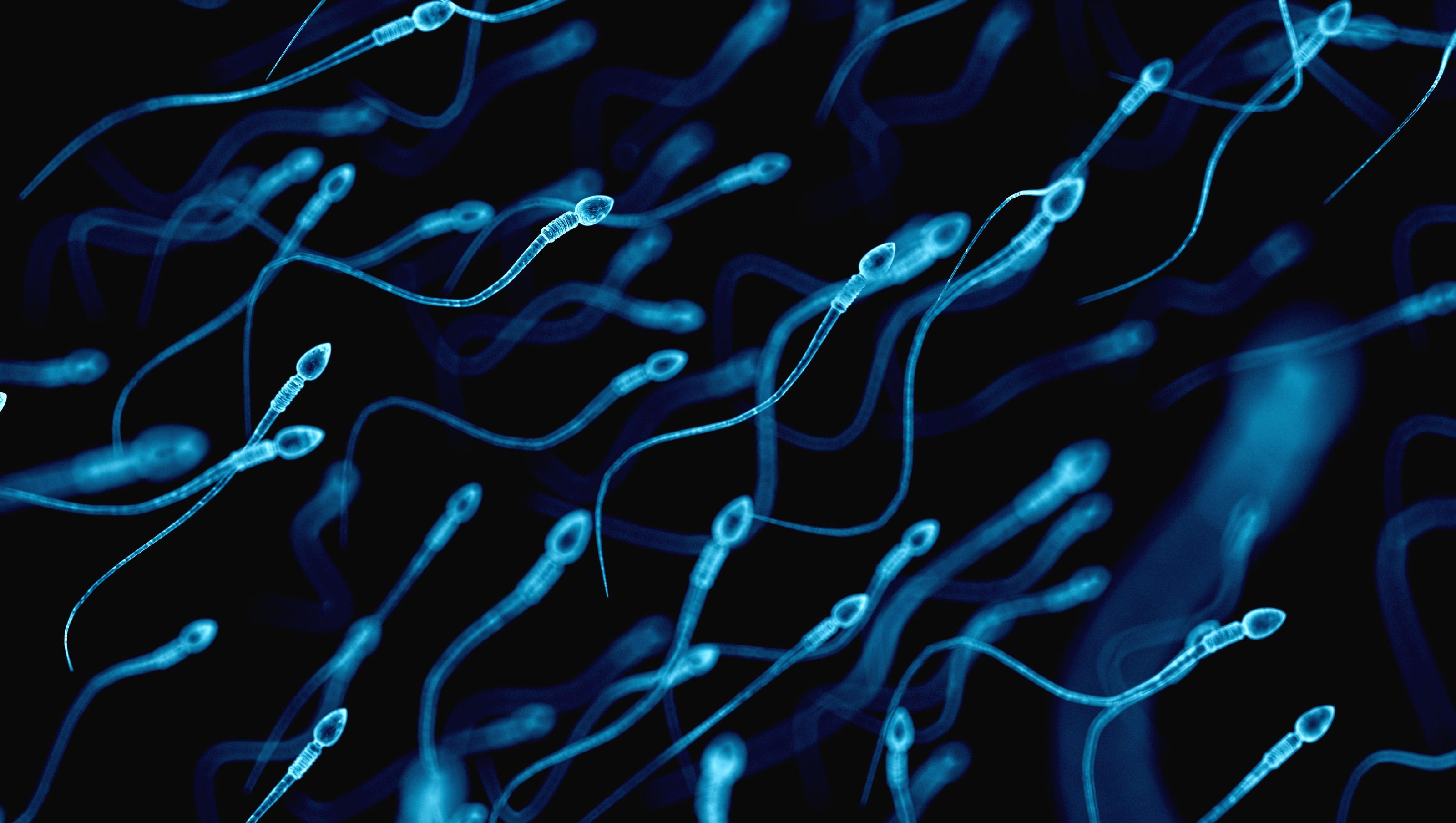- All posts
- 2020
- activewear
- adidas
- algae blooms
- autism
- bees
- body temperature
- boxer briefs
- BPA
- breathable fabric
- Brycen Tremayne
- burberry
- Cancer
- chemicals
- Climate Change
- college athletes
- comfort
- cotton
- cotton underwear
- Doctor
- Dudefluencer
- edc
- Endocrine Disrupting Chemicals
- environmental impact
- EPA
- fabric dyeing
- Fashion
- fast fashion
- fertility
- fertility crisis
- Florida
- Forbes
- Forever Chemicals
- Formaldehyde
- frequency
- Future of clothing
- GOTS
- GOTS certified
- Greenwashing
- heat generation
- history of cotton
- hormone
- hormone disruption
- industrial waste
- Is polyester toxic?
- Joseph Yerkovich
- Lifestyle Shirt
- Low Sperm Counts
- lung cancer
- lungs
- Marc Richard
- men's clothing
- men's cotton boxer Briefs
- Men's organic cotton boxer briefs
- men's organic cotton underwear
- men's organic underwear
- men's underwear
- Microfiber Pollution
- microplastic
- Mike Richard
- moisture wicking
- natural materials
- Nil
- non toxic living
- nontoxicliving
- opok
- Organic
- organic activewear
- Organic boxer briefs
- organic boxers
- Organic clothing
- organic cotton
- organic cotton t-shirts
- organic cotton underwear
- Organic cotton vs polyester
- Organic food
- organic hoodie
- Organic men's boxer briefs
- Organic men's clothing
- organic men's underwear
- Organic Performance
- organic performance clothing
- Organic Shirt
- organic shirts
- organic sweatshirt
- organic t-shirts
- Organic tee
- Organic underwear
- Organic Workout Shirt
- organic workout shirts
- Paris climate Accord
- Performance Shirt
- pesticide
- Pesticides
- petrochemical
- pfa
- PFAS
- Phthalantes
- Plastic clothing
- Podcast
- polyester
- Polyester Underwear
- recycle
- recycled plastic bottles
- recycled plastic clothing
- rpet
- Runoff
- sleep quality
- sperm
- sperm count
- Stanford
- Stanford Football
- Stanford University
- sustainable clothing
- sustainable cotton initiative
- sustainable development goals
- sustainable fashion
- Sustainable men’s clothing
- Synthetic chemicals
- synthetic clothing
- synthetic pesticide
- teflon
- timberland
- Toxic Chemicals
- Toxic clothing
- toxic dyes
- toxic materials
- toxic runoff
- toxic threads
- toxins
- Trump
- underwear
- water polo
- Water Proof Clothing
- White house
- Wolf Wigo
- Workout Clothing
- year in review

The future of organic clothing: A sustainable and ethical revolution
The organic clothing industry is on the rise, and for good reason. As consumers become increasingly aware of the environmental and social impacts of their purchasing decisions, they are seeking out...

Fertility is a topic of paramount concern in today's society, as fertility rates have been declining worldwide. While numerous factors contribute to this decline, one often-overlooked factor is the...

What are EDCs and Why They Pose a Threat to Public Health
Perhaps the most egregiously understated threat to widespread public health is that of Endocrine Disrupting Chemicals (EDCs) on the human hormone system. There’s no way to really measure how common...

Why you should worry about Phthalates
The main chemical pollutants that the study highlights is phthalates and BPAs, chemicals that are found in plastic and used in hundreds of consumer products including toy, clothing, and food packag...

Falling sperm counts that threaten human survival linked to chemical exposure
Falling sperm counts and changes to sexual development are “threatening human survival” and leading to a fertility crisis. And chemicals like plastic and pesticides are to blame, which are found al...
